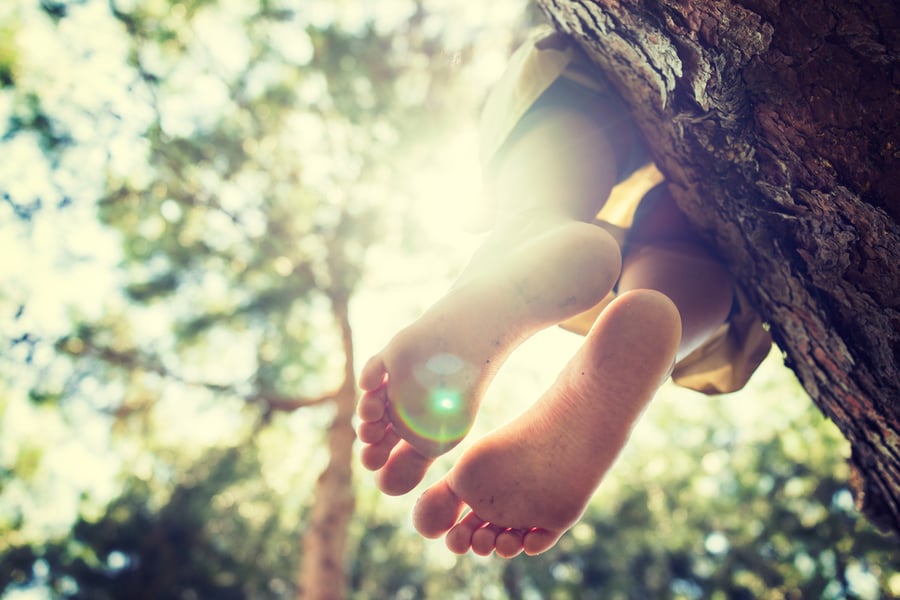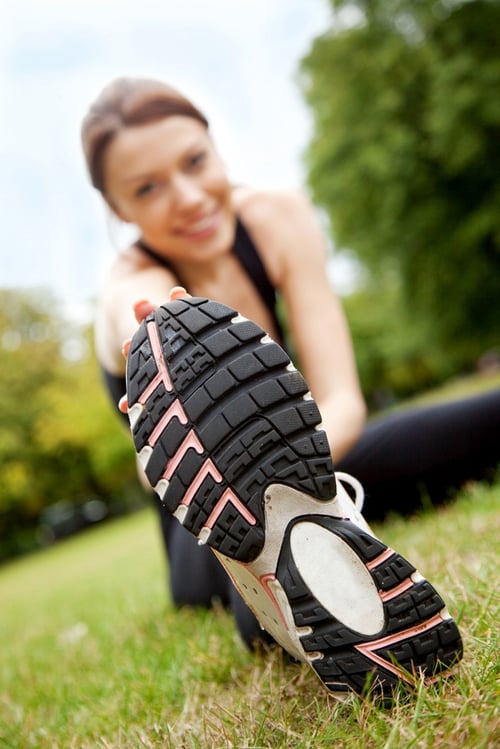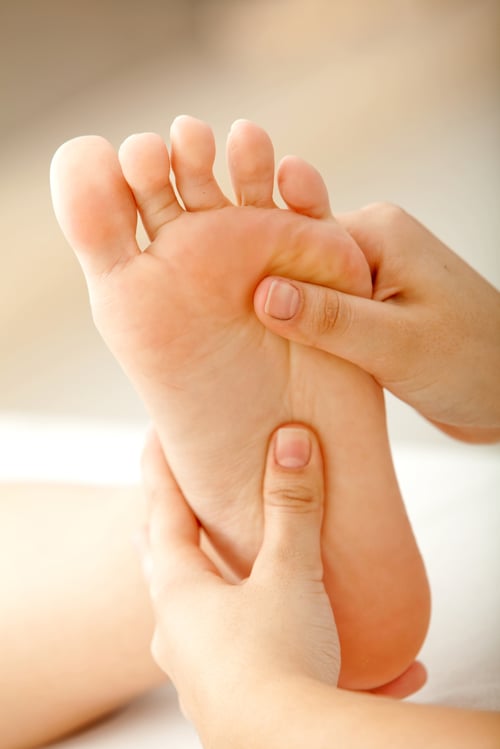
Fans of barefoot walking often claim it's best because it's natural. However, human beings put a lot of work into designing comfortable and safe footwear for a reason. Our ancestors suffered from many painful afflictions when they were forced to go barefoot. While going barefoot inside your home isn't likely to hurt you, heading outside without shoes is a different story. Reconsider your plans for barefoot walking or running due to these potentially painful risks.
Ringworm and Other Pests
Wet soil and sand is home to dozens of invisible pests, some of which are just waiting for a chance to burrow into the skin of your feet and make a new home. Hookworms are found in many parts of the country where septic systems are insufficient, resulting in life-threatening anemia after enough worms build up in the system. Ringworm is a fungus, not an actual worm, but it's still easily caught by strolling around barefoot over damp soil. Regardless of the type of infestation you get, you'll experience pain, itching and many other bothersome secondary side effects until you determine the problem and get the right treatment.
Warts
Warts are caused by various strains of the human papilloma virus (HPV), none of which thrive in the soil itself. Yet wet areas where others frequent, such as concrete surrounding a pool or a pathway where others go barefoot, can rapidly spread HPV between people. Going barefoot inside at the gym or other highly populated areas will put you at risk for plantar warts and other types. Warts aren't threatening to your health and are usually easy enough to remove, but they're still worth preventing whenever possible since most people find them unattractive.
Puncture and Cut Wounds
You don't need to step on a rusty nail or piece of glass to injure your bare feet, although that's always a possibility outside of your home. Even sharp-edged gravel, random sticks and rough sand can result in broken skin on the feet that lets bacteria rapidly enter the body. Your feet have naturally slower rates of healing than the rest of your body due to their distant location from the heart and therefore reduced circulation. Add in diabetes or any other secondary condition that further reduces circulation and healing a single cut on a foot can take weeks or months. Preventing foot wounds by wearing shoes is a much better idea than trying to wait through an extended healing process.
Insect Stings and Snake Bites
You may think you've cleared away every possible hazard from your yard and you're ready for barefoot walking. But have you considered that shoes offer the best protection against the bites and stings of insects and animals you might meet on your walk? Staying safe around a venomous snake is stressful enough with full-height hiking boots on; there's little reason to add the pressure of being barefoot at the same time. A bite from even a tiny ant can lead to serious pain and swelling, so slip your feet into some protective footwear any time you plan to take a little stroll around the yard.
Ready to learn more about taking good care of your feet? Contact us here at Sweeney Foot & Ankle Specialists for more tips.






